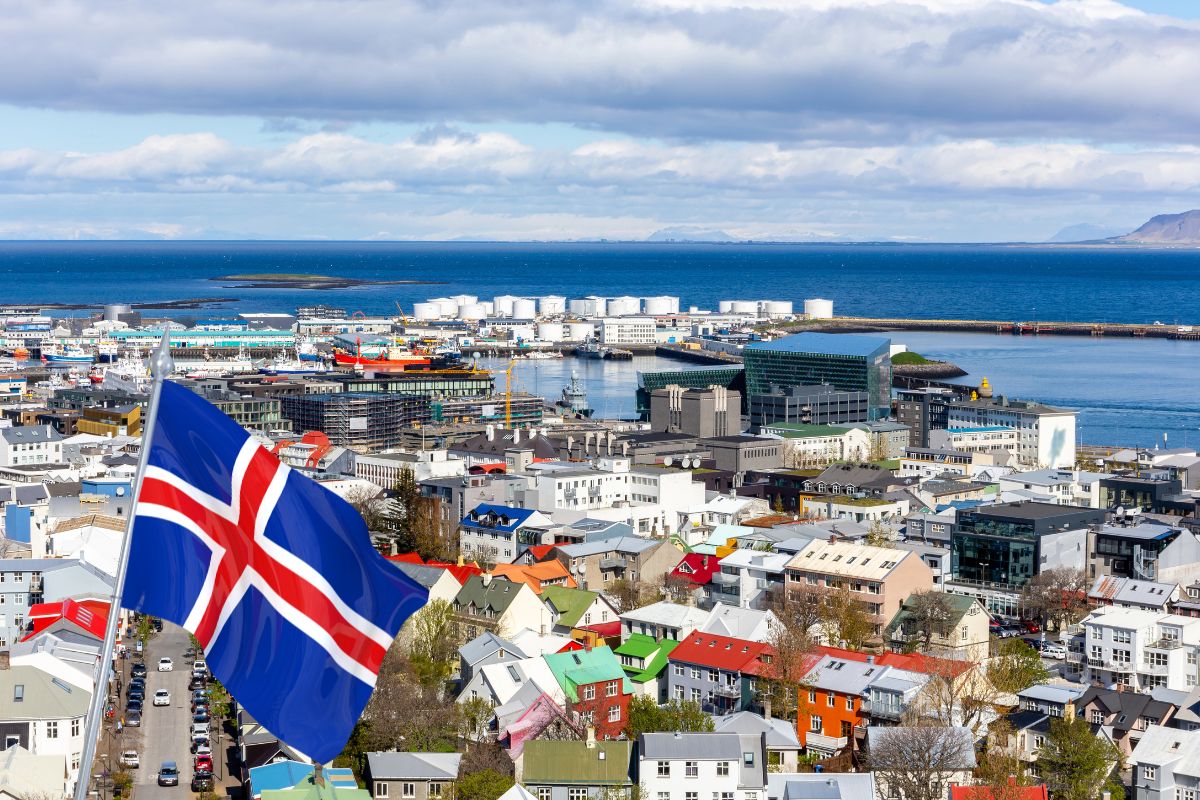Show table of content Hide table of content
Iceland has largely adopted a significant reduction in working time since 2019. More than five years after this bold transition, the results are clear: almost 90% of the working population benefits from shorter working hours.
The Icelandic experience of work
Iceland’s move towards a redesigned working week is nothing new. In 2015, a large-scale experiment was launched, involving around 2,500 workers invited to try out a four-day week. Given the positive feedback and encouraging data, the movement gathered pace and, around 2019, the reduction in working hours was formalised and extended. Today, although it is not a universal law set in stone, an overwhelming majority (nearly 90%) of Iceland’s working population now works less, often around 35 to 36 hours a week.
This far-reaching transformation was not brought about by a single government decree, but through collective bargaining and the strength of trade union agreements. The latter have made it possible to introduce considerable flexibility: employees can either reduce the number of hours they work per week, or opt for a working week condensed into fewer days. This pragmatism has been the key to successful mass adoption.
Initial fears, similar to those observed during similar debates in other countries such as Germany, focused mainly on a potential collapse in productivity or the complexity of wage compensation. However, the Icelandic experience has swept away these fears. Reports, particularly those analysed by think tanks such as Autonomy, show that productivity has not only been maintained, but has even improved in some cases.
How can this be explained? The answer lies largely in the significant improvement in workers’ well-being. The reduction in working time has resulted in a significant drop in stress levels and fewer cases of burnout. Employees report a greater ability to reconcile their professional imperatives with their personal lives. This reality directly echoes the priorities expressed by Generation Z, a large proportion of whom (around 81% according to certain studies) are convinced that shorter working hours are synonymous with greater efficiency, and plebiscite mental health as an essential criterion.
The keys to Iceland’s success
Several factors explain why the Icelandic model has worked so well where other initiatives have stalled. Firstly, and crucially, the transition was made without any loss of pay or reduction in benefits for employees. This is a major difference from models such as the one tried out in Belgium, where the four-day week often has to be compensated for by longer working days.
Secondly, Iceland has invested massively in digitalising its businesses and public services. The country has one of the most advanced internet infrastructures in the world, with fast, reliable connections, even in rural areas. This technological environment has made it much easier to maintain productivity, particularly by encouraging the growth of remote working and process optimisation.
Finally, this transition has had collateral benefits for society. For example, gender equality has been promoted, with men having more free time and being more inclined to invest in household and family tasks.
The Icelandic experience, five years in the making, offers a fascinating perspective on the future of work. It shows that a reduction in working time, far from being a utopian dream, can be a winning strategy for productivity, employee well-being and even social equality. By preparing the ground with an education that is already highly digitised, Iceland is ensuring a smoother adaptation for future generations of workers. This open-air social laboratory confirms, through facts, that the intuitions and demands of Generation Z concerning a healthier work/life balance and a redefinition of performance are not mere whims, but perhaps the foundations of a more sustainable and humane working model.


